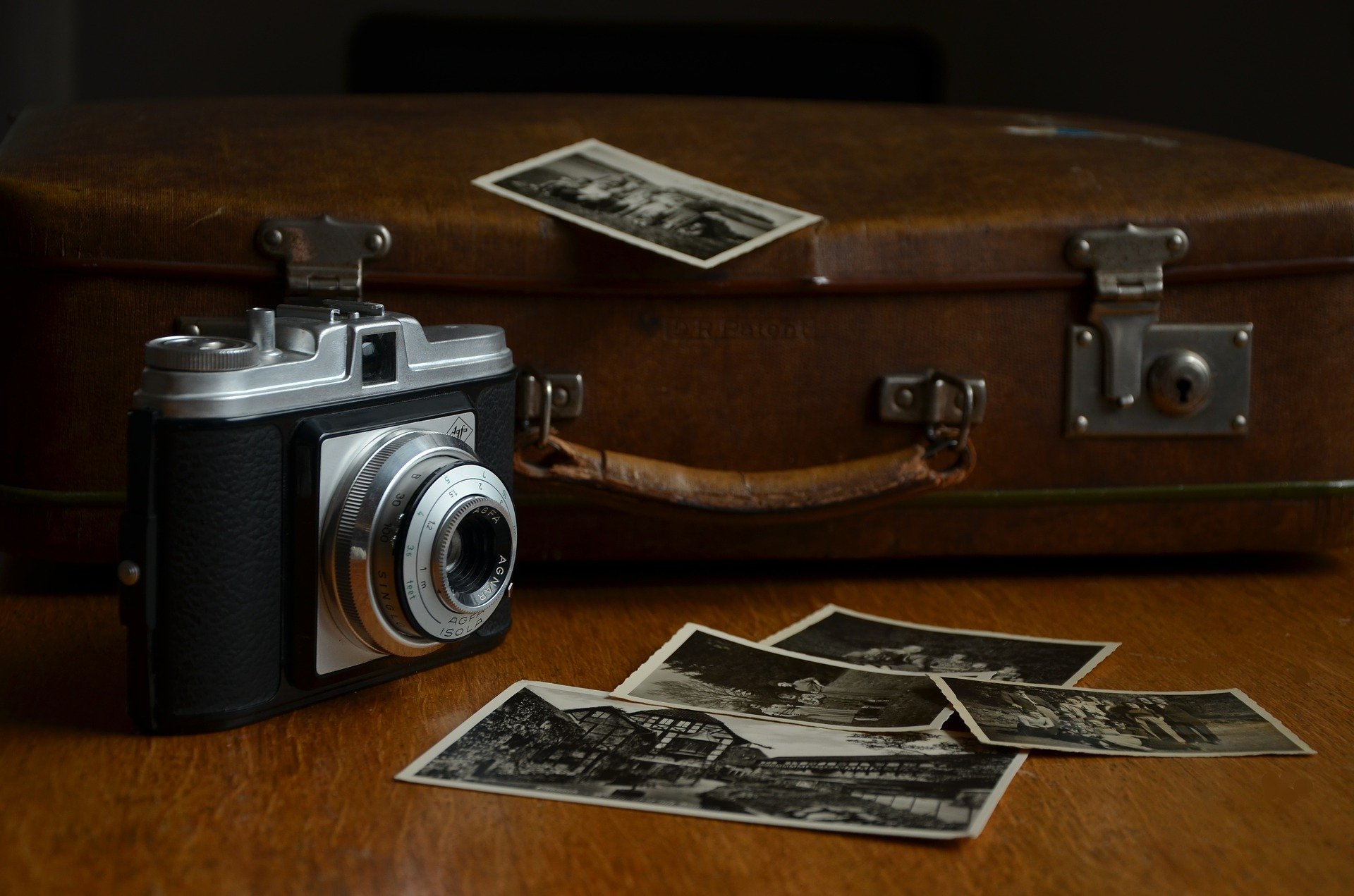Checking for understanding: Emotion & memory
 The following worksheet checks your understanding of the role of emotion on one cognitive process - memory. Try to answer the questions first before checking the answers that are provided in the "hidden boxes."
The following worksheet checks your understanding of the role of emotion on one cognitive process - memory. Try to answer the questions first before checking the answers that are provided in the "hidden boxes."
Checking for understanding
1. Why is the original study by Brown and Kulik rather problematic in its conclusion that surprise played a key role in the creation of flashbulb memories?
The key problem is that the study relies on retrospective, self-reported data. There is no way to actually know one's actual level of surprise at the time that they heard the news. Even when someone is currently surprised, it is difficult to measure the level of emotion that they are experiencing. But asking someone to recall their level of surprise 14 years after the assassinations, that is not very precise data gathering. The second problem is that we have to assume that their memories are actually accurate. Brown and Kulik appear to trust that the participants' ability to recall a lot of detail was evidence of flashbulb memories, but later research - for example, Neisser and Harsch, showed that these memories were not reliable - in spite of the fact that the participants were highly confident of their memories.
2. What is meant by the importance-driven model?
The importance drive model goes further than the original theory that proposed that surprise is responsible for the creation of flashbulb memories. The theory argues that it is personal relevance that makes the memory different. This is especially true when the event is life-threatening.
3. Why might demand characteristics have played a role in Brown & Kulik’s study?
Because the participants were asked where they were when the president was killed, they may have "come up with" a response so as to not appear to be unpatriotic.
4. What did Phelps find about the memories of people who were close to Ground Zero during the terrorist attacks of 9/11?
Phelps found that those that were closer to Ground Zero had more activity in the amgydala, indicating that the nature of the memory and its retrieval was different from those that were further away on the day of the attack.
5. Sharot used an fMRI to attempt to replicate the findings of Phelps. Some argue that there could be artifacts as a result of using an fMRI. What does this mean?
An artifact is when something shows up in a brain scan that is the result of the fMRI itself. As the amgydala was activated, it is possible that this was the result of anxiety while in the fMRI, rather than because of memory retrieval. However, the researchers took a baseline measure of activity in the amygdala to control for this.
6. What did de Quervain’s study in Rwanda teach us about Flashbulb memory?
de Quervain's study appears to indicate that there are genetic roots to Flashbulb memories. Those that have a variation of the α2b-adrenoceptor were more likely to have flashbulb memories.
7. What does cross-cultural research seem to indicate about FBM?
Kulkoffsky has found that collectivistic cultures have fewer personalized flashbulb memories than individualistic cultures. In the case that the memory is based on a national tragedy, the rate of FBMs was the same.
Exam tips
Remember this information addresses the question: "Discuss the effect of emotion on one cognitive process." In order to do well on an exam question, you should be able to do the following:
- Define Flashbulb memory.
- Identify the emotion - surprise - which theoretically plays a role in Flashbulb memory.
- Describe 2 - 3 studies. I would recommend the original study by Brown & Kulik, one study that supports Flashbulb memory (Sharot or McCaugh & Cahill) and one that challenges Flashbulb memory (Neisser & Harsch)
- Evaluate the studies.
- Discuss why it is difficult to know whether flashbulb memory actually exists.

 IB Docs (2) Team
IB Docs (2) Team
